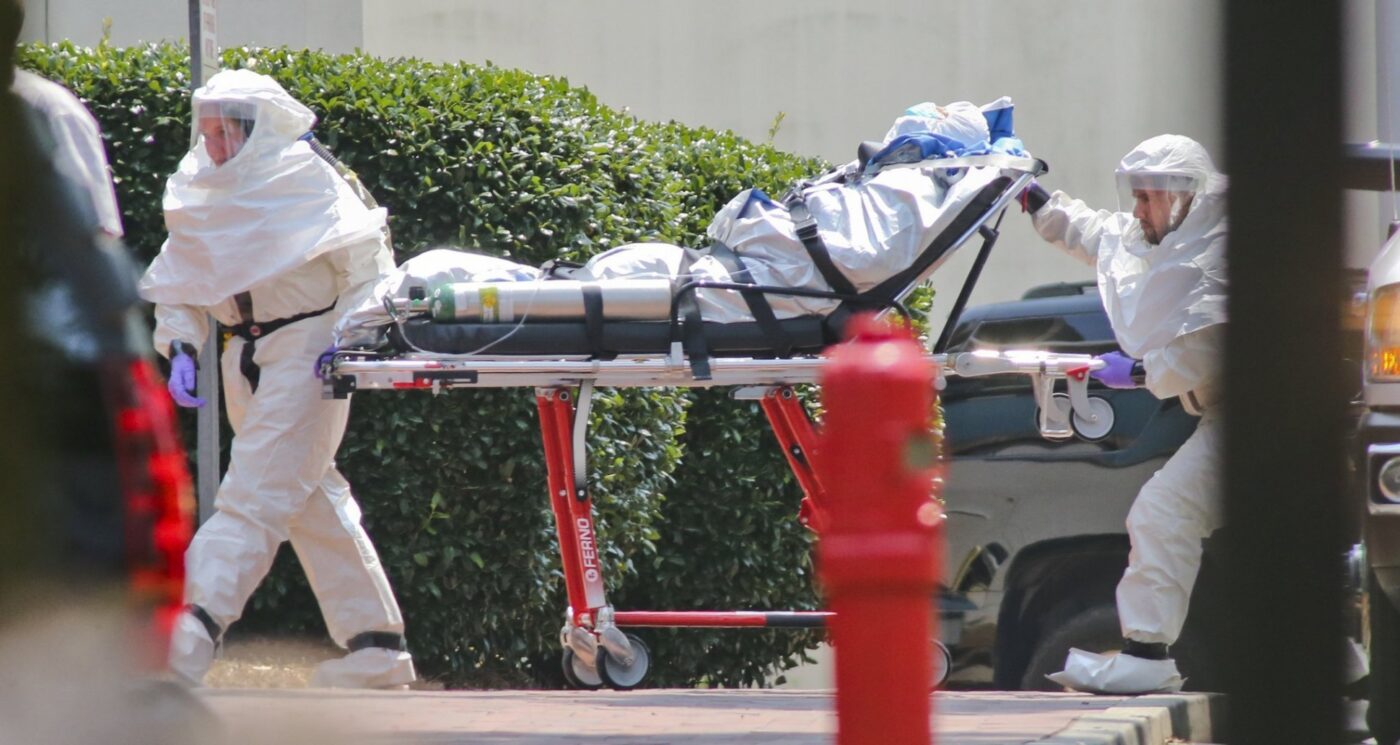THE EBOLA outbreak on the western African coast has caught the world’s attention. It is the largest outbreak to date; the World Health Organization (WHO) reports over 13,000 confirmed cases and an estimated 5,000 deaths. Cases of Ebola were first reported in Guinea around December last year, and quickly spread to Liberia and Sierra Leone.
According to the WHO, “Ebola virus disease, formerly known as Ebola haemorrhagic fever, is a severe, often fatal illness in humans. The virus is transmitted to people from wild animals and spreads in the human population through human-to-human transmission.”
In an interview with CNN, director of operations for Médecins Sans Frontières Bart Janssens says, “This epidemic is without precedent…It’s absolutely not under control, and the situation keeps worsening.” To contain the disease, the WHO says that “drastic action is needed” in a concerted global effort.
The first reported case of this iteration of Ebola is said to have been that of two-year-old boy, later identified as Emile Ouamouno, who succumbed to the disease on December 2013. According to reports, his family had been hunting an Ebola-harboring species of bats for bushmeat. Later on, his mother and grandmother would also succumb to the disease, and so would people from his village in Meliandu, Guéckédou Prefecture, Guinea.
Not long after, the disease had spread across most of the West Africa. Much faster than the spread of the disease, however, was the spread of fear.
Vulnerability
While the Philippines remains Ebola-free, it still faces potential threat due to migrant population. About 10 million Filipinos are dispersed globally and over 1,700 overseas Filipino workers (OFW) are in Ebola-stricken countries such as Guinea and Liberia.
With the Christmas season just around the corner, there would be a number of OFWs returning to the country. Health sciences junior Mike Agoncillio says, “The nurturing nature of Filipino families is in stark contrast with Ebola, which demands that physical intimacy be avoided.”
Moreover, health organizations like the Council for Health and Development (CHD) are skeptical about the country’s readiness against Ebola. “If the Department of Health (DOH) has a problem managing preventable infectious diseases such as measles, how can we be assured that it can handle the deadly Ebola virus?” questions CHD Deputy Executive Director Rosalinda Tablang. Tablang noted that Philippines still has a poor health system, considering cases of measles and dengue are still prevalent.
Consequently, the country is not sending health workers abroad despite the WHO’s call for deployment of health personnel in areas affected by Ebola. DOH Spokesperson Lyndon Lee Suy says that physical presence is unnecessary and assured that there are other ways to help. “Assistance is not only humanitarian, we can send money or in kind,” Lee Suy explains.
Contingency plans
At present, the government is focusing on preparation for the possible entry and spread of Ebola virus. Department of Interior and Local Government (DILG) Secretary Mar Roxas explains that a “whole government approach” strategy was undertaken by the government. This led to an executive order signed by the president that called for an inter-agency task force to manage emerging infectious diseases in the country. The DILG and the Philippine National Police are mandated to coordinate with each other to monitor the possible outbreak.
In addition, DOH, in partnership with the WHO, is also conducting specialized training for both private and public health workers built on the previous prevention trainings on Middle East respiratory syndrome coronavirus and A(H1N1) which broke out April this year and on 2009, respectively. This will include guidelines on infection prevention and control, clinical management, and isolation and laboratory diagnosis.
Further preparations are being done in major government medical institutes like San Lazaro Hospital and Lung Centre of the Philippines, both deputed to be treatment centers. About 20 government and 50 private hospitals were also urged to be retrofitted for accommodation of possible patients.
“The Department of Health and other concerned agencies lately have been doing a good job in disseminating information about the virus, as well as following global health protocols,” says Gino Trinidad, lecturer for the Political Science Department.
An example is President Benigno “Noynoy” Aquino III imposing a 21-day mandatory quarantine period in Caballo Island in Cavite for the 112 peacekeepers that will return home from Liberia. He explains in a press conference that this action would make sure “1000%” that no Ebola virus will enter the country.
Despite the skepticism faced on the country’s readiness for Ebola, there are still high hopes that the Filipinos will be able to overcome the threat imposed by Ebola, being “well known survivors,” according to WHO Executive Director Ian Smith.
“You have been hit with more than your share of disasters and misfortune in recent years. You survive. You learn. You prepare better using these lessons, and then you share these lessons with others,” says Smith.




